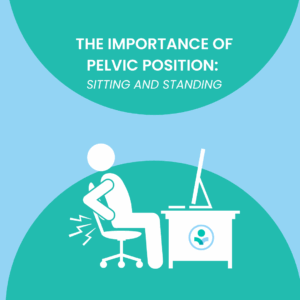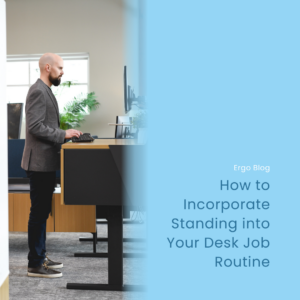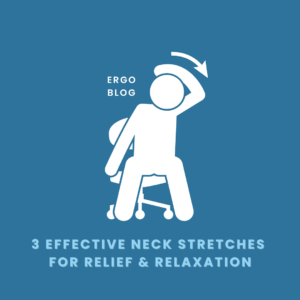Updated: May 25, 2023
Is Standing Better Than Sitting?
With all the marketing campaigns and constant new ergonomic products, it is tough to quickly know this answer. After all, it wasn’t too long ago that the popular ad, “Sitting is the Smoking” was all the buzz. So, let’s break this down a little more.
Anatomy
For a long evolutionary history, humans have had anatomical adaptations that allowed them to walk, stand and be upright on two legs. However, just because we can stand on two legs doesn’t mean we should do this for long periods of time. Our bodies were designed for movement. Sir Isaac Newton said it best, “a body in motion stays in motion; a body at rest stays at rest”. If you want to stay young, keep moving.
We are designed to walk on two legs, however standing on two legs is much more difficult. If you are standing for a period of time, you may notice small signals that your body needs to move into a different position. Signals or cues you might notice when your body is ready to be done standing include leaning on or against an object, weight shifting from one leg to another, fidgeting, losing focus, and feelings of discomfort in the low back or lower extremities, especially in the calf muscles.
When we are standing or seated our body is working on balancing itself on our skeletal system. Our abdominal muscles engage once we lean forward or back. There is limited abdominal activity when we are seated or standing.
One other item to note is that standing requires more work from our venous system to circulate blood throughout our body. A study by Tuchesen et al found that men who worked mostly in a standing position were twice as likely to be hospitalized for varicose veins compared to all other men. Women who worked mostly in standing were two and a half times at risk compared to all other women. Other studies have found that if workers stand for greater than 50% of the work day, their risk of circulation disorders increased. The greater the age and the greater the number of hours standing correlated with a higher risk factor.
Benefits of Standing
There are great benefits to standing. Based on Singleton’s research study the following advantages were found:
- Reach is greater in standing than sitting.
- Body weight can be used to exert forces.
- Standing workers require less legroom than seated workers.
- Legs are very effective at dampening vibration.
- Lumbar disc pressures are lower.
- It can be maintained with little muscular activity and requires no attention.
- Trunk muscle power is twice as large in standing than in semi-standing or sitting.
Recommendations
Standing for long periods of time is not recommended. Based on a Study from Dul, J., Douwes, M., and Miedema, M., the maximum recommended holding time for standing is 7-8 minutes. If you have the option to sit, it is recommended to alternate between sitting and standing throughout your workday. If you don’t have the option to sit, double-check your resources. Do you have a stool you could use to complete tasks sitting down? Is there another job task you could do which would allow you to sit? Could you get a portable stool or turn a bucket upside down at a construction site?
Alan Hedge created a simple rule to follow which is the 20-8-2 Rule. With this rule, the goal is to sit for 20 minutes, stand for 8 minutes and stretch and move about for 2 minutes. Accomplishing this goal may be a bit daunting, especially if getting up once per hour is a challenge.
Set goals for yourself and make them achievable. For example, if you only get up to go to lunch and you are seated for the rest of the day, make it a goal to get up once in the morning or afternoon. After you accomplish this goal and feel confident with it, set a goal of getting up 2 times per day; once in the morning and once in the afternoon. And so on and so forth. Rome wasn’t built in a day. Applying new habits to your day takes time as well.
Check out our YouTube video below for a visual representation of the blog!



